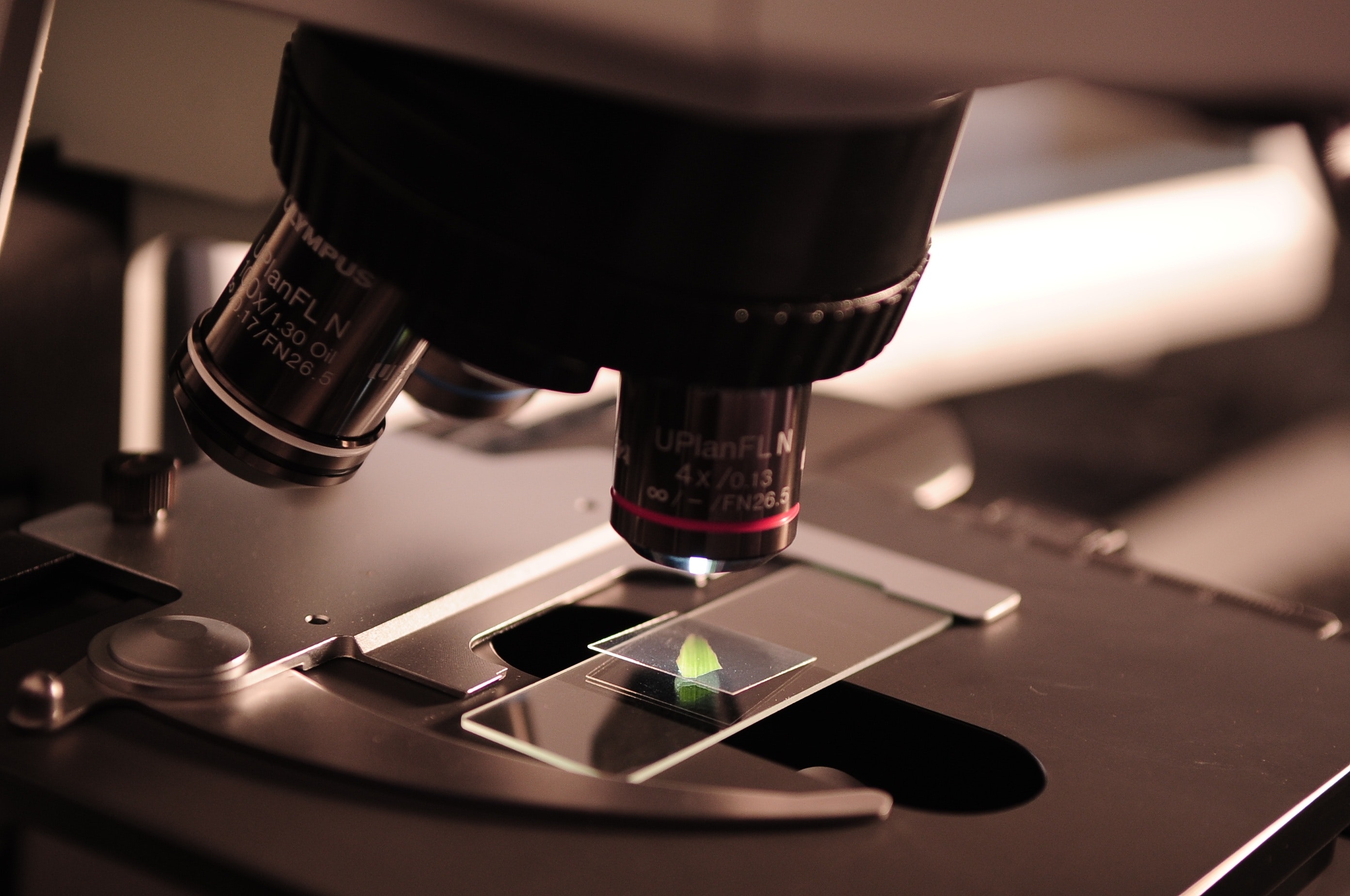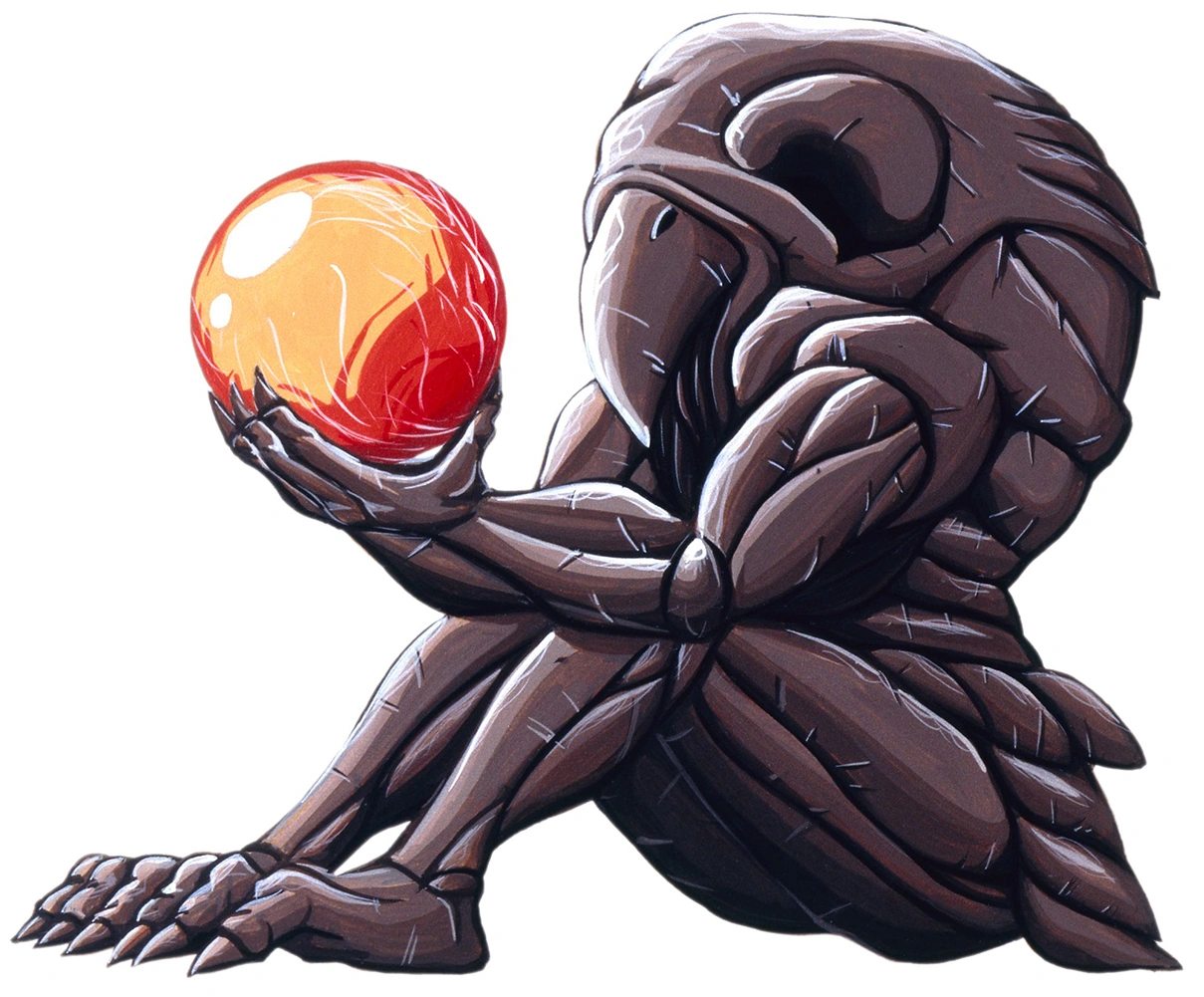Scientists have produced an oxide glass with unprecedented toughness. Under high pressures and temperatures, they succeeded in paracrystallizing an aluminosilicate glass: The resulting crystal-like structures cause the glass to withstand very high stresses and are retained under ambient conditions.
ah, the transparent aluminum from Star Trek
That would be more like Aluminium oxynitride.
¿Por qué no los dos?
Oh cool, looks like Kbin supports gif thumbnails now!
It always has actually!
I’d get excited but I feel like every time I read about something like this we never see it actually used in practical application.
This announcement is: We have managed to do this for a small sample in a lab using specialised equipment, likely taking days to produce one test item.
That is a long, long way from: We have scaled this up to a automated process that produces thousands of identical sheets of glass per day that will cover tens of thousands of phones.
The scientists have proved it is possible, there are now another 100 steps for the engineers it work through to see if it can scale economically.
…and with those steps are even more potential points of failure. This is why we shouldn’t get too excited.
It’s promising and I hope it works out, but we should temper our expectations.
Sounds like it exchanges rigidity for plasticity but it doesn’t have long term durability (once you damage the paracrystilline areas, they lose that property). Better than directional crystalline structures because there’s not a “grain”, but weaker.
About high time, my bong just broke.
The researchers explain the extraordinary strengthening of the glass by the fact that forces acting on the glass from outside, which would normally lead to breakage or internal cracks, are now primarily directed against the paracrystalline structures. They dissolve areas of these structures and transform them back into an amorphous, random state.
If I’m reading this correctly, hitting the glass multiple times will make it as brittle as glass over time.
oh cool, so the glass on phone screens will become
tougherthinner?tougherthinnerpricier
So we finally have chainglass?
Is this how we herald the arrival of the prador?
I for one welcome our new terrible carnivorous crab overlords









